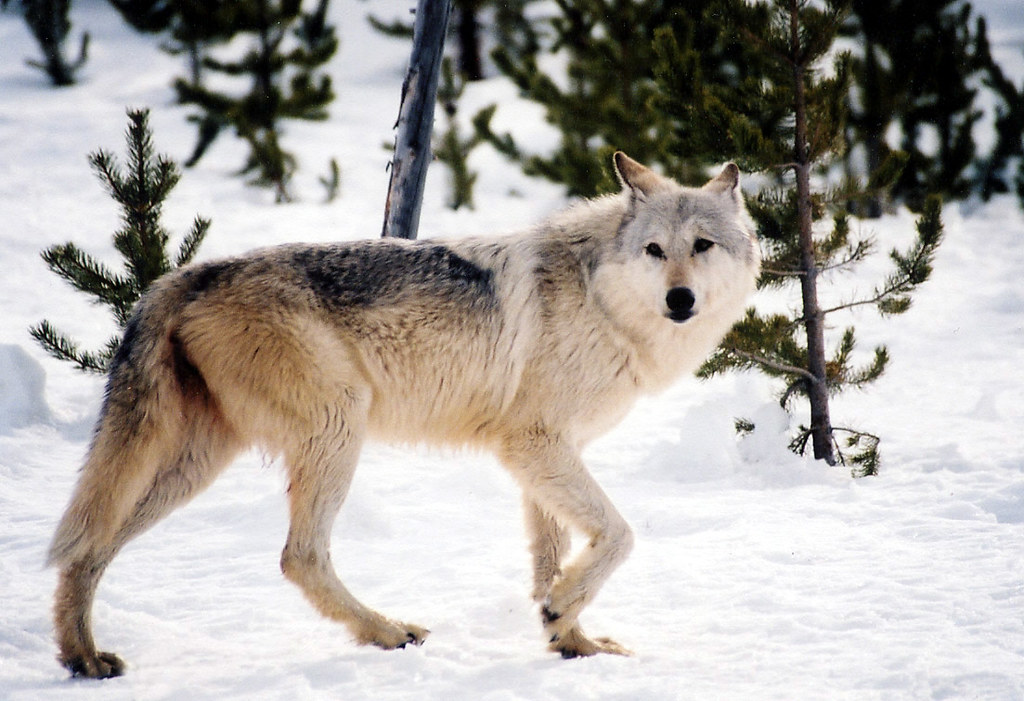This article originally appeared in the Duluth News Tribune.
Earlier this week, Interior Secretary David Bernhardt announced the recovery of the gray wolf, removing the species from the Endangered Species Act’s “threatened” list. One of the first species covered by the act, the wolf is a symbol of the conservation hopes, landowner anxieties, and conflicts the law is known for. Whether you think this delisting decision is premature or overdue, it is worth reflecting on what made the wolf’s comeback possible and what lessons we can draw for recovering other species.
Once roaming the continental United States, gray wolves were nearly extirpated due to western expansion and government-funded extermination campaigns. When it was listed under the Endangered Species Act in 1974, only about 1,000 wolves remained in small pockets of Minnesota and Michigan. Today, more than 6,000 wolves roam nine states, in addition to the large Alaskan population that has never been endangered. We can debate whether the species has fully recovered, but one thing is clear: the future of the gray wolf is more secure now than it has been in decades.
The wolf’s turnaround stands out among species listed under the Endangered Species Act. While few listed species have gone extinct, less than 3 percent have recovered. Indeed, when the Fish and Wildlife Service last reported to Congress on the progress of listed species, it found that significantly more species were declining than improving.
The reason is simple: Endangered Species Act regulations, although well intended, have the unfortunate result of making rare species a liability for the private landowners on whom recovery depends. A species’ presence can reduce land values and significantly restrict use. The growing wolf population owes much to the fact that state and federal officials, tribes, conservationists, and landowners worked together to address landowners’ concerns and, thereby, mitigate the perverse incentives that have frustrated the recovery of other species.
In 1995 and 1996, the National Park Service introduced 31 wolves into Yellowstone National Park, where wolves had been absent since 1926. Today, more than 500 wolves reside on public and private lands throughout the Greater Yellowstone Ecosystem. Based on this growth, Congress legislatively delisted this population, which has remained stable or growing under state and tribal management.
In Minnesota, like around Yellowstone, wolf population growth has depended on the goodwill of ranchers and other private landowners. For them, more wolves can mean anxiety about regulatory consequences and depredation of pets or livestock. The Endangered Species Act offers landowners who accommodate listed species no reward to compensate for these costs.
However, to encourage greater tolerance of wolves, the federal government, states, and conservation groups partnered to compensate landowners for losses caused by wolves. This way, at least part of the cost of a growing population would be borne by the public and wolf supporters rather than imposed haphazardly on landowners.
Minnesota has paid out up to $250,000 per year under its compensation program and has awarded grants to reduce wolf-livestock conflicts. Thanks to these and other state and tribal conservation efforts, Minnesota’s wolf population has grown from as few as 350 wolves in the 1960s to approximately 2,700 today, and wolves occupy all their suitable range within the state.
These compensation programs aren’t perfect, to be sure. A family that loses a beloved pet to a wolf is not made whole by these payments. That’s why, long term, greater flexibility for state wildlife agencies to manage wolves in response to community concerns is needed to maintain goodwill and enable the next stage in the wolf’s continued comeback.
The Minnesota Department of Natural Resources, which supported delisting the state’s wolves, has committed to “manage the species for its long-term sustainability and for the benefit of both present and future generations of Minnesotans.” The delisting gives it the flexibility to do just that. Indeed, the prospect of a return to state management is the primary incentive for state recovery efforts like those in Minnesota.
The wolf population’s decades of impressive and steady growth are an important reminder of the power of incentives. If we continue to make rare species a liability for landowners, we will continue to fail those species. But if we make them an asset, we can achieve more recoveries.




